100K resistor has a resistance value of 100,000 ohms. The "K" stands for Kilo, which means 1,000. Resistors control the current flowing through a circuit by offering a specific resistance to the flow of electrons. Commonly use in signal processing, feedback loops, and voltage dividers.
Resistor 100K is a specific type in various applications, from voltage dividers to filtering signals. In this article, we'll explore everything you need to know about its color code, types, specifications, and common uses. Additionally, we'll dive into FAQs to clear up any confusion you might have about this circuits.
Color Code for 100K Resistor
100k 4 bands:
1.First Band (Brown) = 1 (First significant digit)
2.Second Band (Black) = 0 (Second significant digit)
3.Third Band (Yellow) = ×10⁴ (Multiplier, which means 10,000)
4.Fourth Band (Gold) = ±5% (Tolerance)
So, the 4 bands codes are Brown-Black-Yellow-Gold
100k 5 band resistor
1.First Band (First significant digit): Brown (1)
2.Second Band (Second significant digit): Black (0)
3.Third Band (Third significant digit): Black (0)
4.Fourth Band (Multiplier): Orange (×1000)
5.Fifth Band (Tolerance): Gold (±5%) or Brown(±1%)
So the 5-bands are:
Brown - Black - Black - Orange – Gold or Brown
The codes system use to denote the resistance value, allows for easy identification and is crucial for selecting the correct resistor for a specific task.
Types of Resistor 100K
1. Carbon Film Resistor
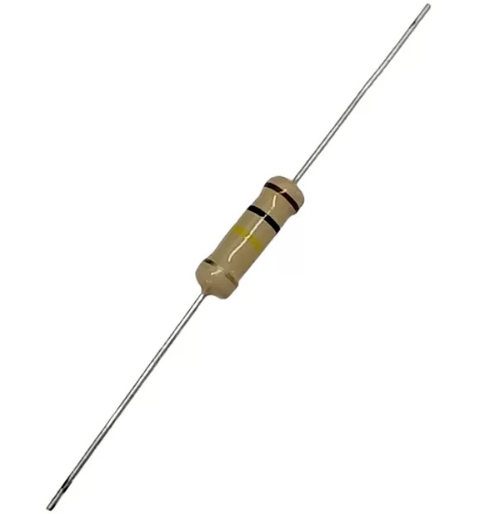
One of the most cost-effective types. Made by coating a ceramic base with a thin film of carbon, these resistors widely use in general-purpose applications. Offer moderate stability and a tolerance of ±5%, high-precision versions with ±1% or ±2% tolerance also exist. Carbon film resistors are suitable for low-power applications. Their power rating typically ranges from 1/4W to 1W, with 1/4W being the most common.
· Basic electronic circuits, power supplies, and signal processing.
· General Electronic Circuits: Use in everything from audio systems to simple electronic gadgets.
· Consumer Electronics: In low-precision applications like radios, toys, and home appliances.
· Low Power Circuits: Suitable for circuits that don’t require high current or high precision.
2. Metal Film Resistor

Similar to a carbon film but uses metal oxide film, which provides better precision and lower noise. The tolerance as low as ±1%, making them suitable for applications requiring high accuracy.
· Precision Circuits: Use in precision analog circuits such as signal processing, audio equipment, and measurement instruments.
· Medical Equipment: Where accuracy is critical, metal film resistors are preferred in devices like medical instruments and sensors.
· High-Quality Audio: Use in audio amplifiers, equalizers, and mixing consoles for their low noise and high stability.
· Precision Voltage Dividers: Use in circuits that require accurate voltage division.
3. Thick Film Resistor
Create by screen-printing a resistive material onto a ceramic substrate. Have good stability and a lower cost than other types but tend to have a higher tolerance. They use in power applications.
· Power electronics, consumer electronics, and automotive circuits.
Specifications 100k ohm resistor
Size/Dimension
Depends on the type and power rating. Here's overview:

Wattage Rating | L±0.032 [0.80] | D±0.020 [0.50] | d±0.004 [0.10] | H MIN * |
1/8W | 0.145 [3.7] | 0.062 [1.5] | 0.020 [0.50] | 1.0 [25] |
Mini 1/4W | 0.134 [3.4] | 0.067 [1.7] | 0.020 [0.50] | 1.0 [25] |
1/4W (Mini 1/2W) | 0.250 [6.4] | 0.090 [2.3] | 0.022 [0.55] | 1.0 [25] |
100k 1/2 watt resistor | 0.354 [9.0] | 0.125 [3.2] | 0.024 [0.60] | 1.0 [25] |
Mini 1W(1Ws) | 0.354 [9.0] | 0.148 [3.7] | 0.026 [0.65] | 1.0 [25] |
1W | 0.470±0.050 [11.9±1.3] | 0.180±0.032 [4.6±8.0] | 0.030 [0.75] | 1.0 [25] |
2W | 0.630±0.080 [16.0±2.0] | 0.210±0.050 [5.3±1.3] | 0.030 [0.75] | 1.0 [25] |
3W | 0.710±0.080 [18.0±2.0] | 0.250±0.050 [6.4±1.3] | 0.030 [0.75] | 1.0 [25] |
Axial resistors with higher power ratings will be physically larger because the need for better heat dissipation. Larger resistors can handle more power, while smaller ones are use in compact electronic designs.
Power Rating (Watts) of 100k resistance
0.05W(1/20W) | 0.5W(1/2W) | 2W | 9W |
0.063W(1/16W) | 0.6W | 2.4W | 10W |
0.1W(1/10W) | 0.667W(2/3W) | 2.5W | 12W |
0.125W(1/8W) | 0.7W | 3W | 13W |
0.167W(1/6W) | 0.75W(3/4W) | 4W | 14W |
0.2W(1/5W) | 1W | 5W | 15W |
0.25W(1/4W) | 1.2W | 6W | 16W |
0.3W | 1.25W | 7W | 20W |
0.333W(1/3W) | 1.5W | 7.5W | 30W |
0.4W | 1.75W | 8W | 40W |
Indicates the maximum amount of power it can dissipate without overheating or burning out. Common use:
· 100k 1/4 watt resistor: Standard for most general-purpose resistors.
· 1/2 watt (0.5W): Use to handle higher current without excessive heating.
· 100k 1 watt resistor: Use in power circuits where resistors may dissipate more energy.
· Low Power (0.05W to 0.25W): Typically use in low-power circuits like signal processing, small electronics, and consumer devices.
· Moderate Power (0.5W to 1W): Suitable for circuits with moderate current like audio devices, sensors, or control circuits.
· High Power (1W to 1.75W and beyond): Use in power electronics, power supplies, or automotive applications, where the resistor needs to handle substantial heat.
Tolerance of a 100K Ohms
Here's the possible resistance range table:
Tolerance | Range (K ohms) |
±0.001% | 99.999K~100.001K |
±0.0025% | 99.9975K~100.0025K |
±0.005% | 99.995K~100.005K |
±0.01% | 99.990K~100.010K |
±0.02% | 99.980K~100.020K |
±0.05% | 99.950K~100.050K |
±0.1% | 99.900K~100.100K |
±0.25% | 99.750K~100.250K |
±0.5% | 99.500K~100.500K |
±1% | 99.000K~101.000K |
±2% | 98.000K~102.000K |
±3% | 97.000K~103.000K |
±5% | 95.000K~105.000K |
±10% | 90.000K~110.000K |
±20% | 80.000K~120.000K |
High Tolerance (±5%): Use in low-precision or cost-sensitive applications.
Medium Tolerance (±1%): Common in general electronics and DIY projects where require moderate accuracy.
Low Tolerance (±0.5%, ±0.25%, ±0.1%): Prefer for precision circuits, measurement equipment, audio applications, and medical devices where accuracy is critical.
The lower tolerance prefer when precision is important in circuits.
FAQs about 100K Ohms Resistors
1. What color is a 100K resistor?
The colour bands are Brown, Black, Yellow, and Gold, where Brown represents the digit "1", Black represents "0", and Yellow is the ×10⁴ (Multiplier, which means 10,000).
Gold: ±5% tolerance
2. What is the value of a 100K resistor?
Resistance of 100,000 ohms or 100K ohms, which is use to limit the current flow in an electronic circuit.
In electrical circuits, use in various applications, such as voltage dividers, signal processing, and current-limiting circuits.
3.What is the difference between 10K and 100K resistor?
The key difference is the resistance value: 10K resistor has a resistance of 10,000 ohms, while a 100K resistor has 100,000 ohms. This means the 100K resistor provides more resistance, limiting current flow more than the 10K resistor.
10K resistor = lower resistance → more current → use in high-current circuits
100K resistor = higher resistance → less current → use in low-current circuits
4. What does k stand for on a resistor?
The "K" on a resistor stands for "kilo", which is a metric prefix meaning 1,000.
When you see a resistor labeled with a "K", it indicates that the value of the resistor is in kilo-ohms, or 1,000 ohms.
Example:
· 10K means 10,000 ohms (10 × 1,000).
· 100K means 100,000 ohms (100 × 1,000).
5. What is a 100K resistor used for?
Use in voltage dividers, signal processing circuits, and feedback loops. It can also use in circuits to limit current flow and adjust the voltage across other components.
Summary of Applications:
Application | Purpose |
Voltage Dividers | To divide the input voltage into smaller, specific values. |
Pull-up/Pull-down Resistors | To define logic levels (high or low) in digital circuits. |
High-Precision Voltage Dividers | To create precise reference voltages in measurement systems. |
Signal Conditioning & Filtering | Use in RC filters to condition and filter signals. |
Biasing in Transistor Circuits | To set the proper operating point for transistors. |
Sensing Circuits | Use in environmental sensing systems (e.g., temperature, humidity). |
Audio & Signal Processing | To adjust signal levels and frequency responses in audio circuits. |
Current Limiting | To limit the amount of current in circuits with sensitive components. |
Impedance Matching | To ensure proper impedance levels and prevent signal degradation. |
Protection | To protect sensitive circuits from voltage spikes. |
Read More:
HOT NEWS
The 0402 Resistor: A Comprehensive Guide
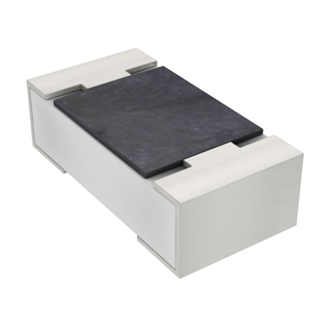
0402 Resistor
2025-05-06
Understanding A 0603 Resistor
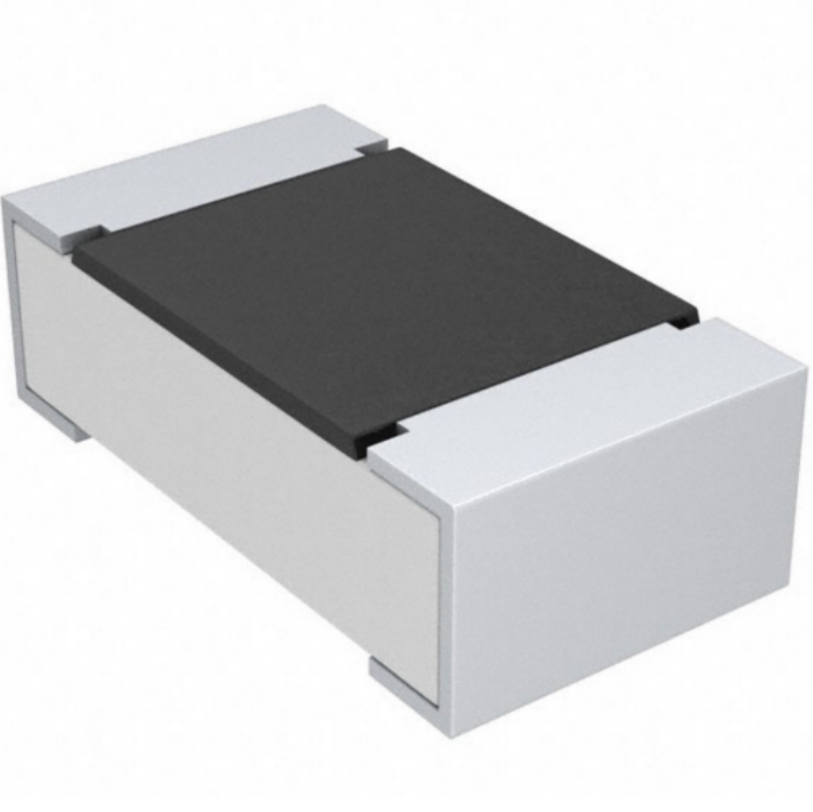
0603 resistor,dimensions,marking code, values
2025-05-29
What is 10k Ohm Resistor?
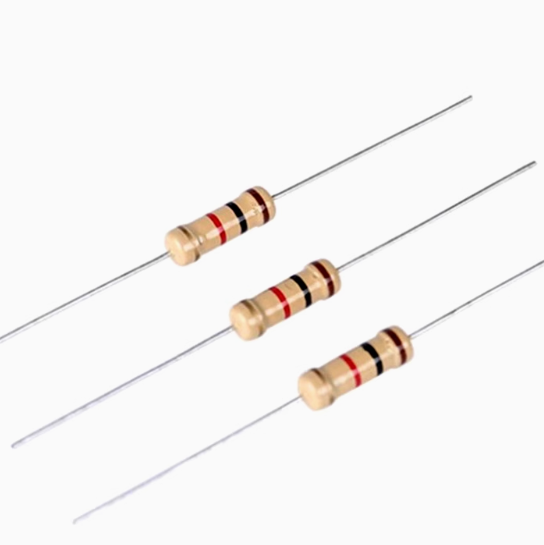
10k resistor 10k resistor color code
2025-05-14
What Is A 1206 Resistor?
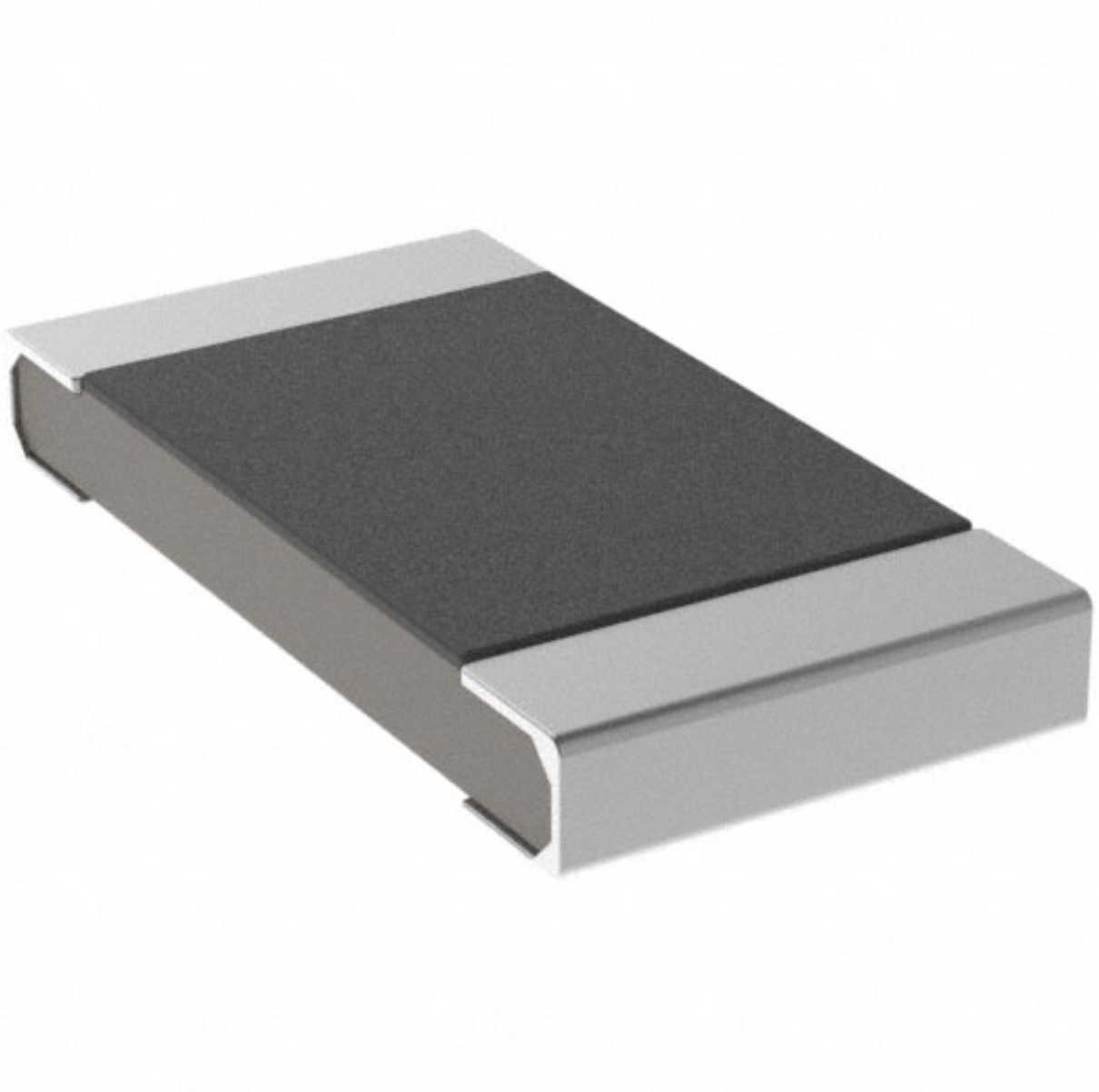
1206 resistor dimensions,footprint,value
2025-06-05
Everything You Need To Know About ARE1309 Relay
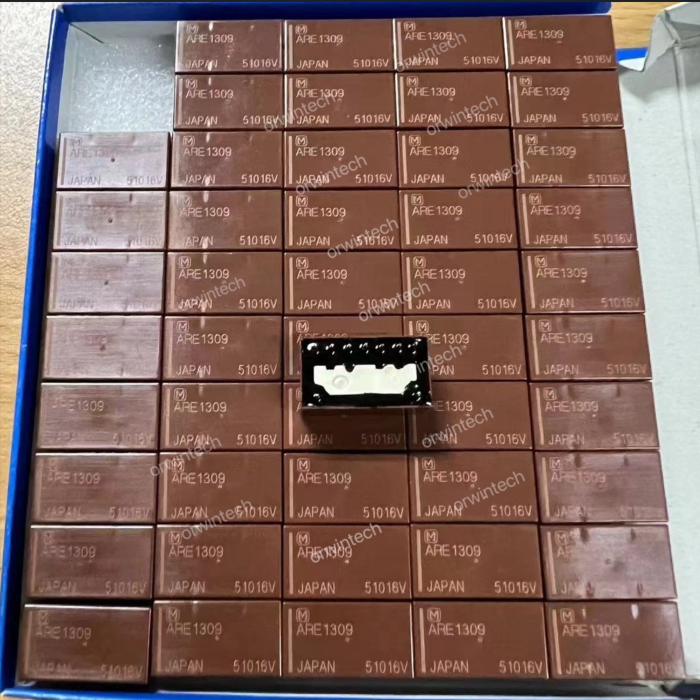
2025-04-23
120 Ohm Resistor- Specifications, Applications, and Features
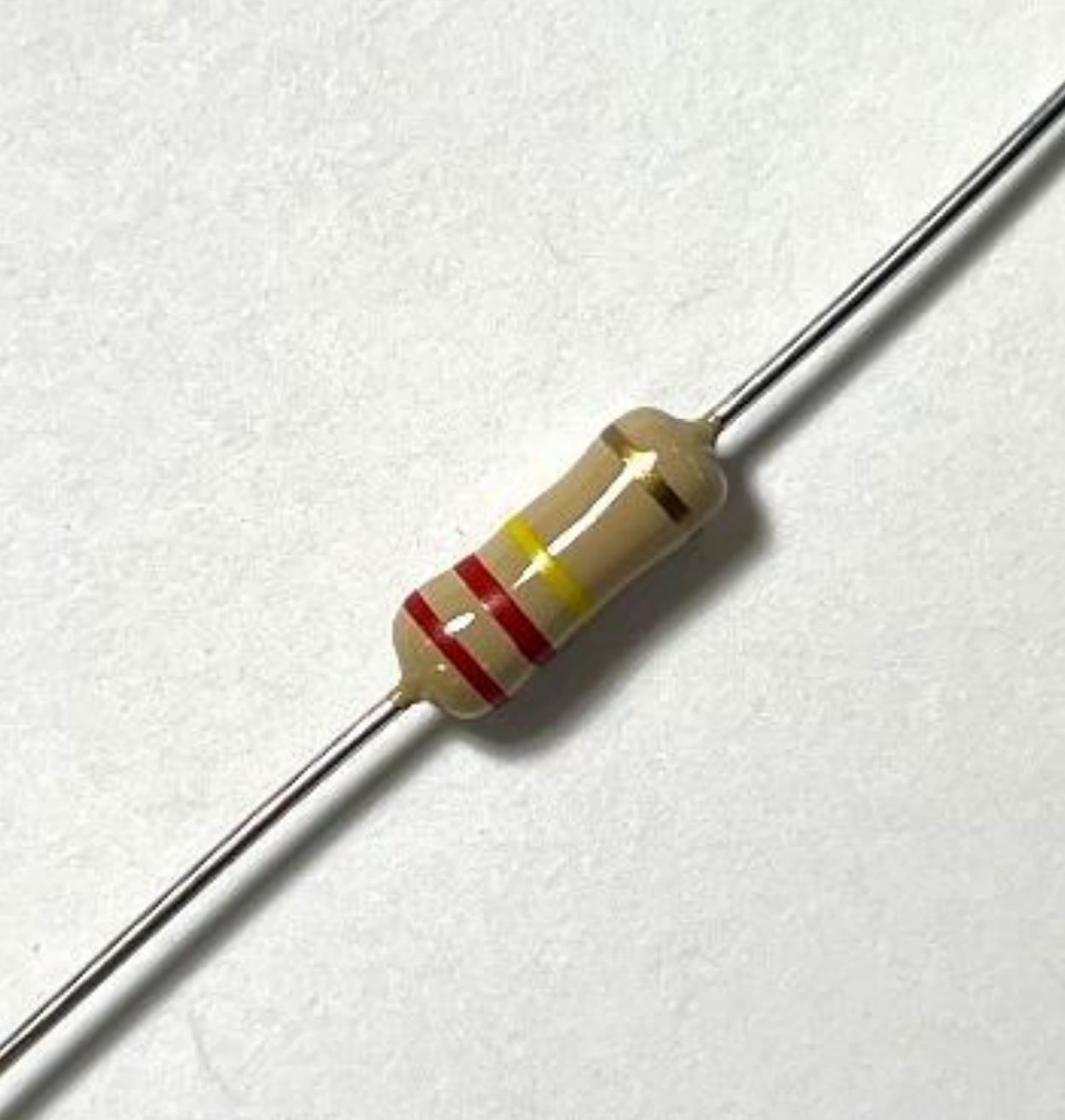
2025-05-12
What Is The 1K Ohm Resistor?
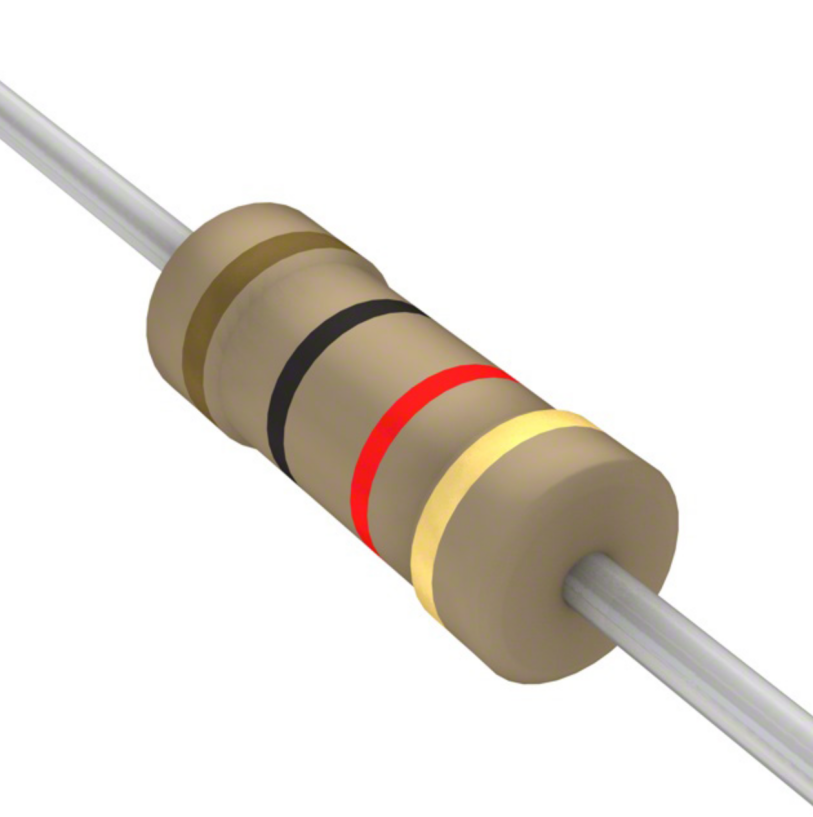
1k ohm resistor and color code
2025-05-21
What is 100 Ohm Resistor And Color Code?
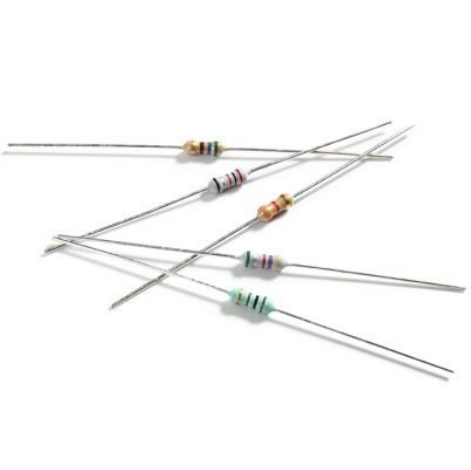
100 ohm resistor color code
2025-05-17
What Is The 0805 Resistor?

0805 Resistor, dimensions, value, tolerance, footprint
2025-05-31
What Is A 0201 Resistor?
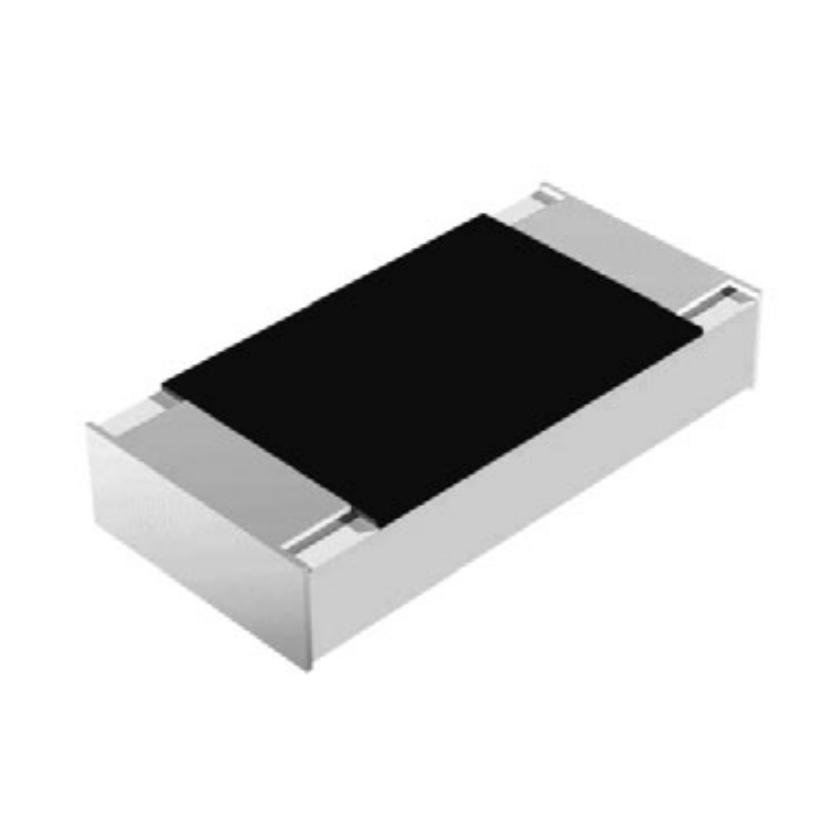
0201 Resistor dimensions, footprint,values
2025-05-24











 Product Catalog
Product Catalog





